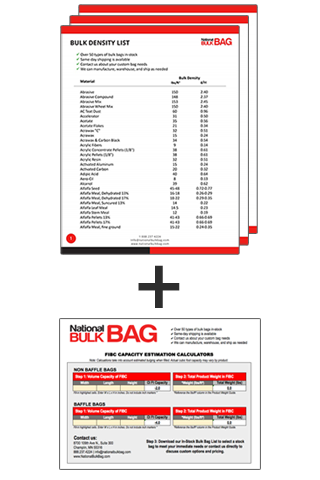Updated: 10-23-2025
Bulk bags (FIBCs) are being used across more industries than ever—construction, food, pharmaceuticals, and more. But when hazardous materials are involved, standard bags aren’t enough. That’s where UN certified bulk bags come in.
Bulk bags (FIBCs) are being used across more industries than ever—construction, food, pharmaceuticals, and more. But when hazardous materials are involved, standard bags aren’t enough. That’s where UN certified bulk bags come in.
Updated: 8-21-25
Part one of this series explained how UN Certified Bulk Bags are prepared and tested through vibration, top lift, and stack tests. If that post was missed, click here to read it.
This second part covers the last four tests required for UN certification: the drop test, topple test, righting test, and tear test. These tests help make sure the bags are strong and safe to use.
Updated: 8-13-25
Transporting and storing hazardous materials is challenging and you must follow strict safety rules. Because these materials can be dangerous, a special type of bulk bag is needed: a UN Certified Bulk Bag.
Whether you're dealing with chemicals, flammable substances, or materials that pose a risk of contamination, UN Certified Bulk Bags offer the durability and reliability needed to keep your operations safe and compliant.
Updated: 11-06-25
If you’re already using FIBCs (Flexible Intermediate Bulk Containers) to move or store hazardous materials, you’re probably using UN bulk bags. If not, this guide will help you figure out if they’re right for your needs
In certain situations involving the storage and transport of hazardous materials, a standard FIBC won’t suffice. Standard bags are chemically resistant from manufacture because of the woven polypropylene in which they are constructed; certain materials are too corrosive and/or dangerous to use a standard bag.


National Bulk Bag has over 75 different types of FIBCs in stock and a team of experts that are ready to help.
Toll Free: 1-888-237-4224
Fax: 1-888-237-3722
Email: info@nationalbulkbag.com
Copyright © 2018 National Bulk Bag | All rights reserved
Powered by Digital 1